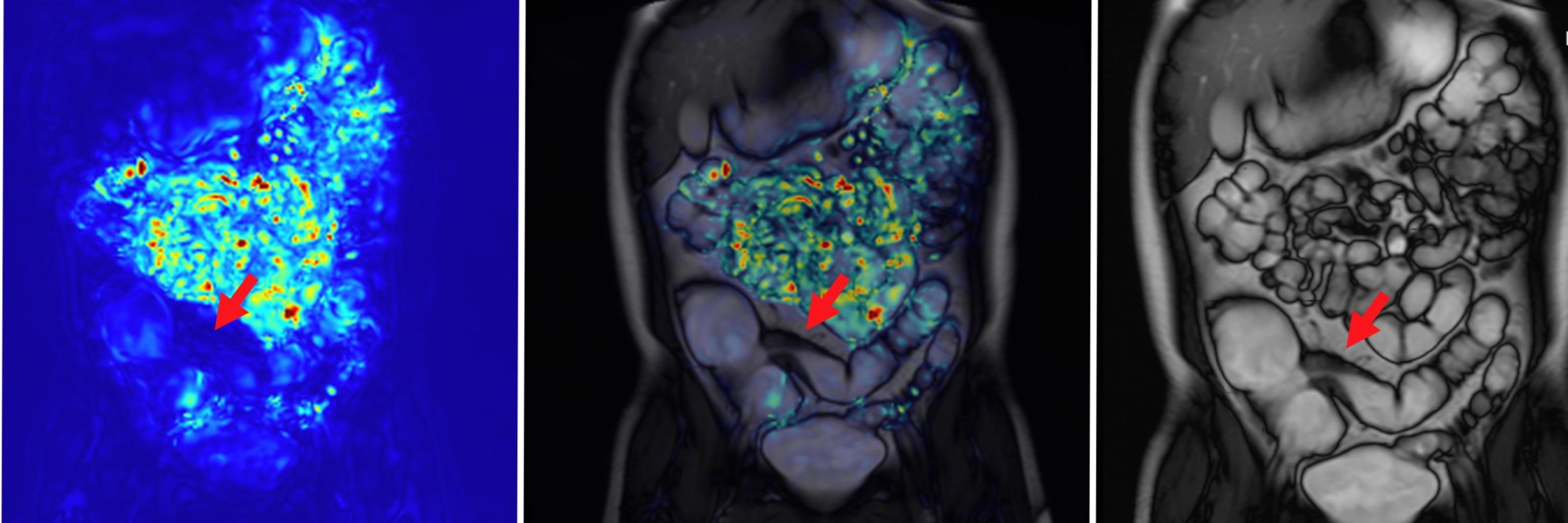
Excellent work K.J. Beek et al!
Excellent work K.J. Beek et al!
Motility in pre-stricture dilatations was significantly higher in chronic vs. inflammatory strictures (289.5AU vs. 113.1AU, p=0.004). Notably, no significant difference was seen within the strictures themselves.
pes.
Motility in pre-stricture dilatations was significantly higher in chronic vs. inflammatory strictures (289.5AU vs. 113.1AU, p=0.004). Notably, no significant difference was seen within the strictures themselves.
pes.
👉 Motility of 30 strictures and 15 pre-stricture dilatations was quantified using GIQuant
👉 Resection specimens were scored histologically as predominantly inflammatory, mixed, or chronic (non-inflammatory)
👉 Motility of 30 strictures and 15 pre-stricture dilatations was quantified using GIQuant
👉 Resection specimens were scored histologically as predominantly inflammatory, mixed, or chronic (non-inflammatory)
All strictures are created different and remember...
👉Strictures aren't always structural
All strictures are created different and remember...
👉Strictures aren't always structural
Come see us at Digestive Disease Week® (DDW) or get in touch to learn more 👉 we are here to help with your trials, clinic or research.
Come see us at Digestive Disease Week® (DDW) or get in touch to learn more 👉 we are here to help with your trials, clinic or research.
- What about IUS? Great is skilled hands but the lack of bowel prep (to distend the lesion) and difficulty in measuring lesion length may harm repeatability. In practice, MRI and IUS work wonderfully together.
- What about IUS? Great is skilled hands but the lack of bowel prep (to distend the lesion) and difficulty in measuring lesion length may harm repeatability. In practice, MRI and IUS work wonderfully together.
1) Length of the lesion ICC 0.85
2) Bowel wall thickness ICC 0.58
3) Size of pre-stricture dilation ICC 0.74
Collectively these provide objective scores to assess stricture morphology during treatment. The best part is this is routinely done in clinical practice!
1) Length of the lesion ICC 0.85
2) Bowel wall thickness ICC 0.58
3) Size of pre-stricture dilation ICC 0.74
Collectively these provide objective scores to assess stricture morphology during treatment. The best part is this is routinely done in clinical practice!
Objective, cross-sectional and safe non-invasive imaging is the key to 1) identifying, 2) staging and 3) monitoring treatment response in fibrostenotic Crohn's.
#clinicaltrials

Objective, cross-sectional and safe non-invasive imaging is the key to 1) identifying, 2) staging and 3) monitoring treatment response in fibrostenotic Crohn's.
#clinicaltrials

